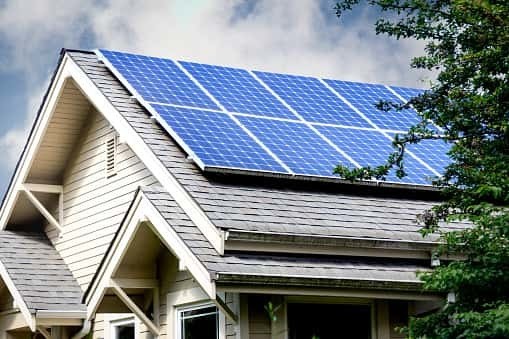Solar energy is a compelling alternative to fossil fuels, but how does the cost compare? While solar panels require a larger upfront investment, the long-term savings and environmental benefits are significant. This article delves into the cost comparison between solar energy and fossil fuels, examining factors that influence pricing and highlighting the long-term financial advantages of going solar.
The Upfront Costs of Solar vs. Fossil Fuels
The most significant difference in cost between solar and fossil fuels lies in the initial investment. Fossil fuels, with established infrastructure, have minimal upfront costs for consumers beyond the monthly utility bill. Electricity generated from fossil fuels typically costs between 5 and 17 cents per kilowatt-hour (kWh).
Solar energy, on the other hand, requires a substantial initial investment for purchasing and installing solar panels. In 2020, the average cost of a solar energy system in the U.S. was around $15,000 after state incentives. This price includes equipment, installation, and permits.
 alt
alt
Long-Term Cost Savings with Solar
While the initial cost of solar can seem daunting, the long-term savings are substantial. Solar electricity generation costs average between 3 and 6 cents per kWh, significantly lower than fossil fuel-generated electricity. This lower cost translates to substantial savings on monthly utility bills, often offsetting the initial investment within a few years. Furthermore, the cost of solar panels has decreased by over 20% in the last five years and is projected to continue declining.
Factors Affecting Solar Energy Costs
Several factors influence the overall cost of a solar energy system:
System Size:
The size of the solar panel system, determined by your energy consumption needs, directly impacts the cost. Larger systems require more panels and equipment, resulting in higher upfront expenses.
Location and Sunlight:
The amount of sunlight your home receives affects the efficiency of solar panels. Homes in sunnier climates generally generate more electricity, potentially reducing the system size needed and the overall cost.
Incentives and Rebates:
Federal, state, and local governments often offer incentives and rebates to encourage solar adoption. These programs can significantly reduce the initial cost of a solar energy system.
Battery Storage:
Adding battery storage to your solar system allows you to store excess energy generated during peak sunlight hours for use at night or during cloudy days. While batteries add to the upfront cost, they increase energy independence and can potentially maximize savings by minimizing reliance on the grid.
Maximizing Solar Energy Savings
To optimize your solar investment and maximize long-term savings:
- Research available incentives: Explore federal, state, and local rebate programs to reduce upfront costs.
- Compare quotes from multiple installers: Obtain quotes from several reputable solar installers to ensure competitive pricing and quality workmanship.
- Consider financing options: Explore solar loans or leasing options to manage the initial investment. Many solar companies offer financing solutions tailored to individual needs.
- Optimize energy efficiency: Implement energy-saving practices in your home to reduce overall energy consumption and maximize the benefits of your solar system.
The Environmental Cost of Fossil Fuels
Beyond financial considerations, the environmental impact of fossil fuels is a crucial factor in the comparison. Burning fossil fuels releases harmful greenhouse gases, contributing to climate change and air pollution. Solar energy, a clean and renewable resource, offers a sustainable alternative that significantly reduces your carbon footprint.
Conclusion: Solar’s Long-Term Value
While solar energy requires a higher initial investment compared to fossil fuels, the long-term financial and environmental benefits are undeniable. Lower electricity costs, reduced reliance on fossil fuels, and government incentives make solar a compelling investment for homeowners seeking to save money and contribute to a cleaner future. By carefully considering the factors influencing solar costs and maximizing available resources, homeowners can harness the power of the sun to create a more sustainable and financially sound energy future.
[